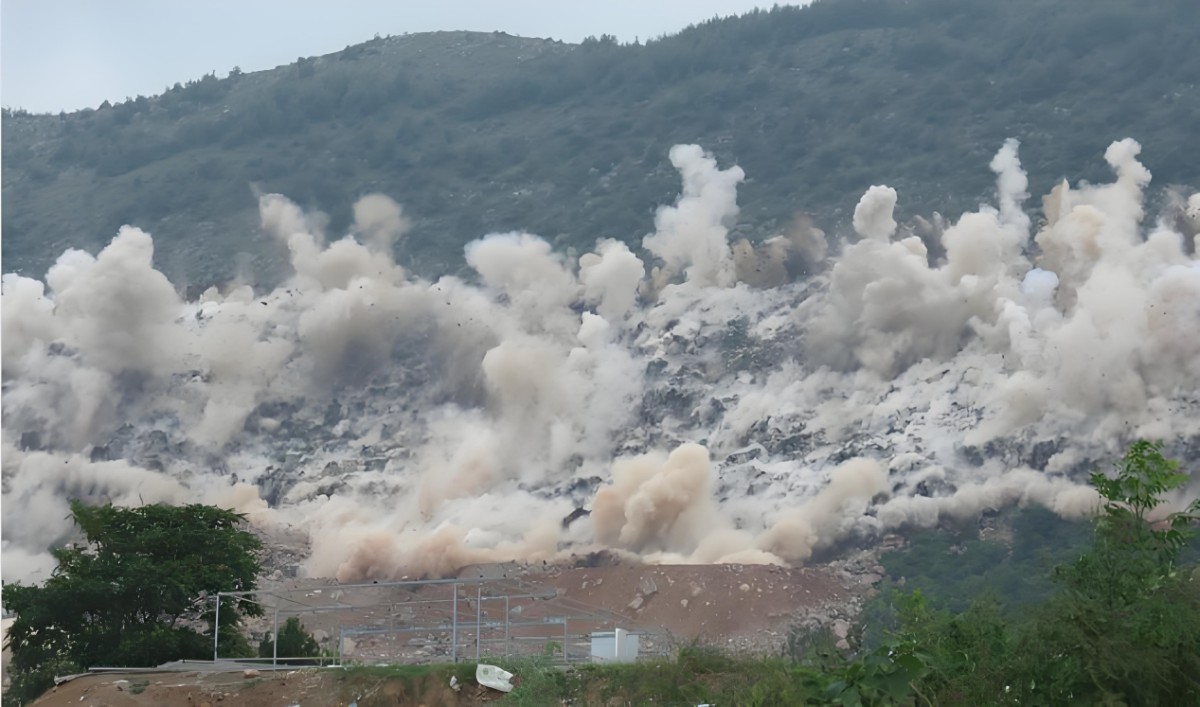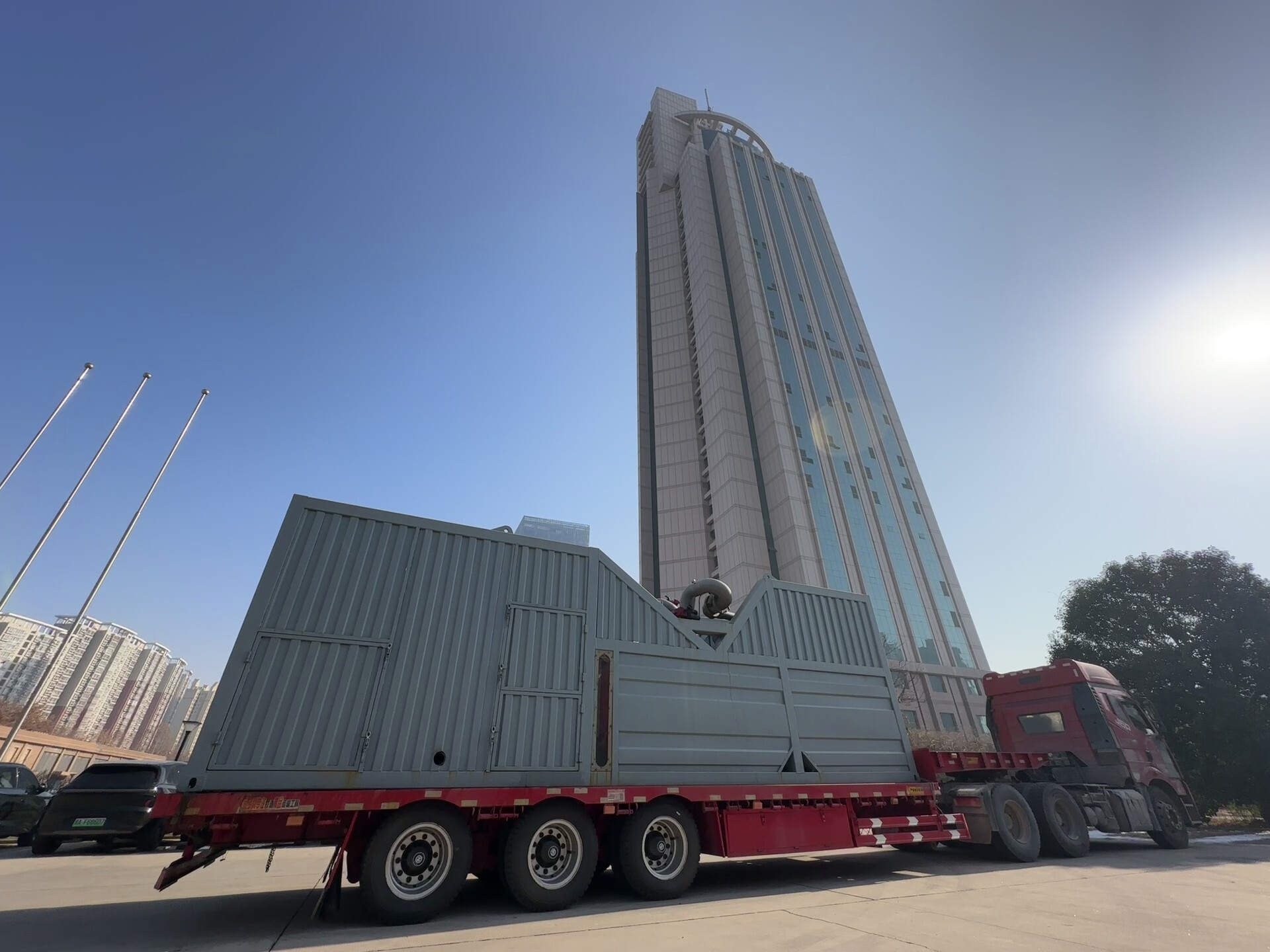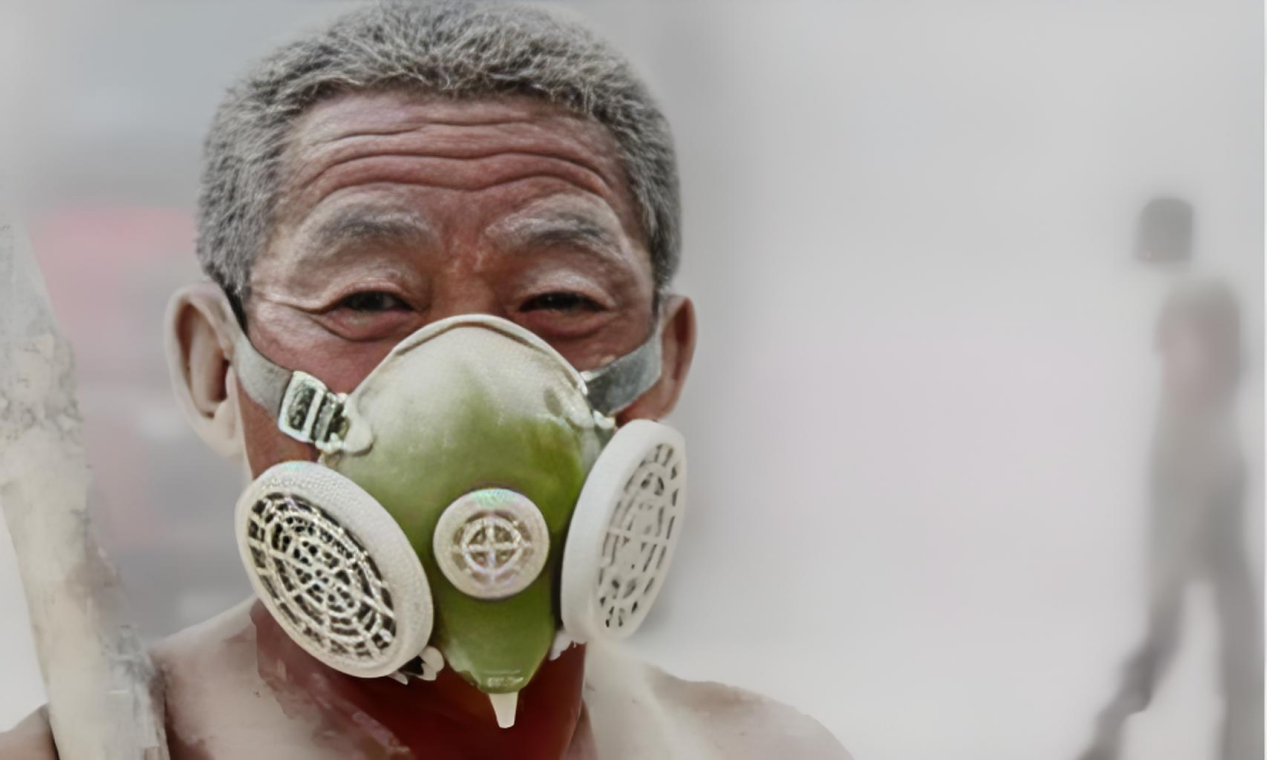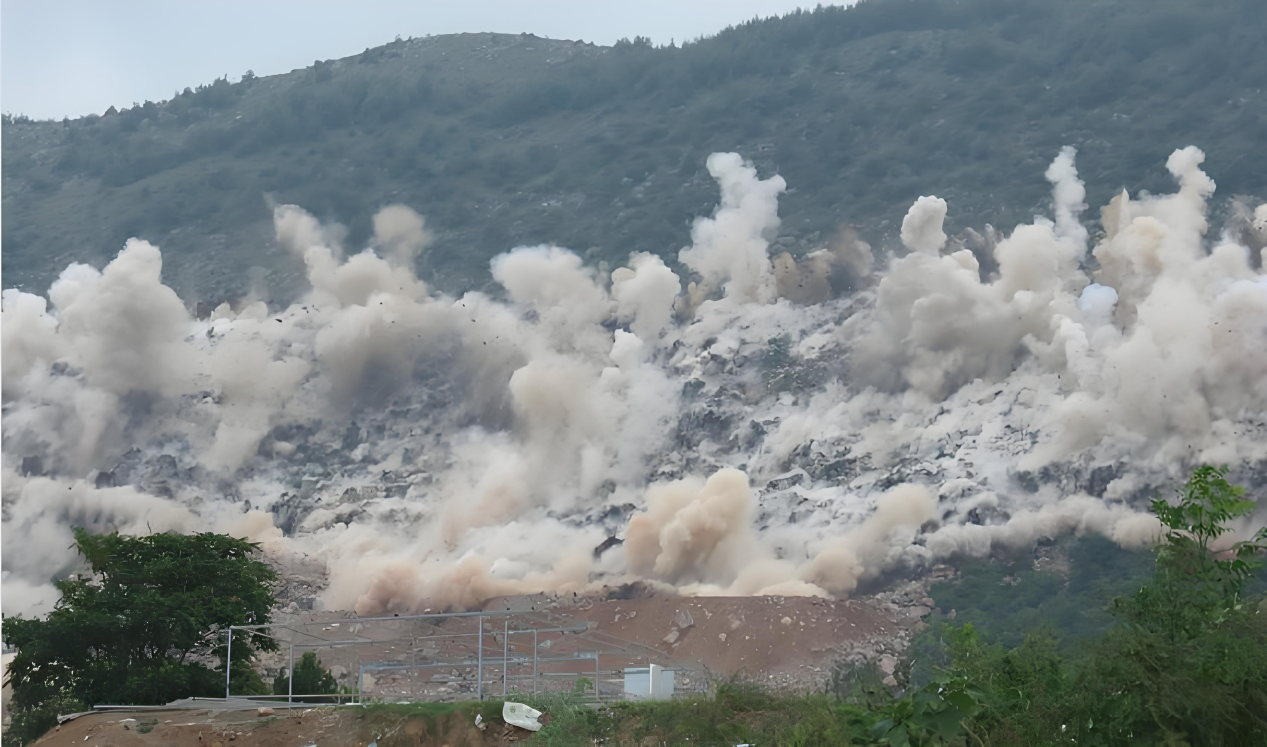Welcome to Hebei Feipu Environmental Protection Technology Co., Ltd.

There are four sources of blasting dust : crushing circle, surface dust, fragmentation dust, and blasting smoke.
The dust generated by the crushing circle is the most important, and it will produce a large amount of PM10 and PM2.5 respirable dust. This part of dust can float in the air for a long time, forming an important part of haze, affecting the health of a large range of people. According to the calculation that the crushing circle is 3 to 5 times the diameter of the blasthole, the amount of dust generated by a 10-ton blasting reaches 100 tons. It is estimated that more than 2% will be thrown into the air, forming blasting dust. Even if the blasting is carried out after rain or the blasted rock mass is wet, the smoke and dust still cover the sun. This is the reason. The smoke can be reduced by uncoupled charges.
Most of the floating dust on the surface is large-particle dust, which settles quickly and can be solved by measures such as sprinkling water before blasting.
Let’s talk about the problem of toxic gases caused by blasting.
Gun smoke here includes particulate matter such as aerosols and incomplete explosions that are visible to the naked eye during the explosion process, as well as toxic and harmful gases produced by the explosion reaction. Since the main component of industrial explosives is ammonium nitrate, the toxic and harmful gases produced are mainly nitrogen oxides, represented by nitrogen dioxide. A single explosion will produce tons or tens of tons of nitrogen dioxide toxic gas. After open-air blasting, the gas diffuses, which is safe as long as it does not cause immediate personal harm, but it actually forms air pollution and causes chronic damage to the human body. However, the lawsuit claims are generally not easy to achieve and are restricted by the environmental protection department. The concentration of nitrogen dioxide in the atmosphere is one of the important factors in evaluating the atmospheric pollution index, and the long-term and cumulative impact of blasting toxic gases on atmospheric pollution has made an important contribution. It is something that the environmental protection department needs to pay attention to.

Taking you into the era of dust-free blasting
Please fill in your information
*Thank you for your message, we will contact you within 24 hours after successful submission.



